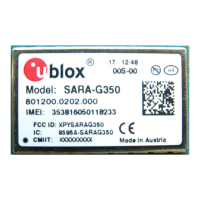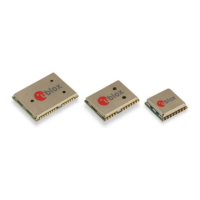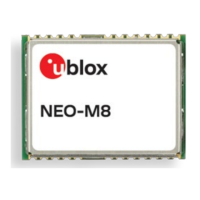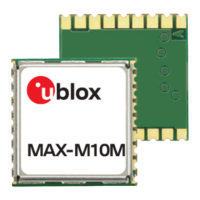SARA-R42 - Application note
UBX-20050829 - R02 MNO profiles Page 19 of 58
C1-Public
Table 8 shows an example of automatic MNO profile detection setting usage.
Set the automatic MNO profile detection, the
automatic reset and enable the related URC.
DTE is required to perform first reboot
UMNOPROF is ready to perform automatic selection,
another reboot is required.
DTE performs the second reboot
Read the detected profile
Table 8: Setting automatic MNO profile detection example
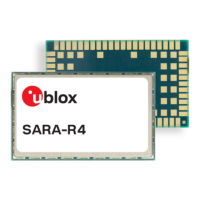
